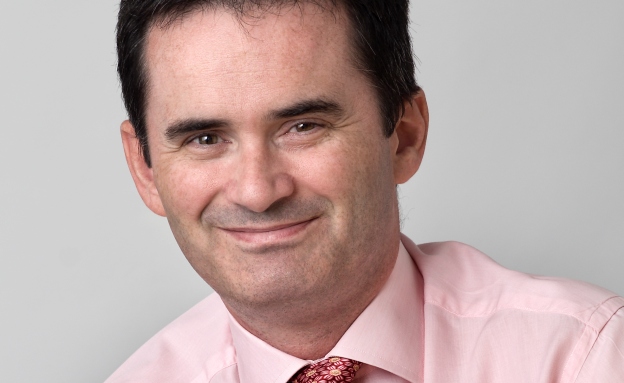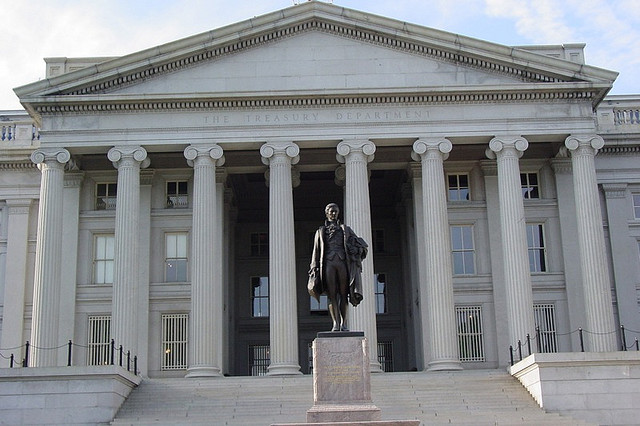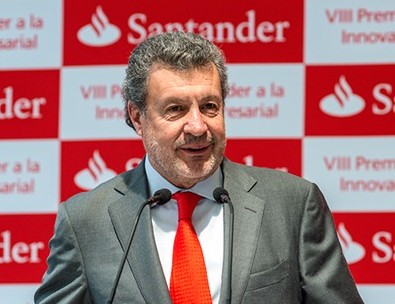Wharton will Hold a Private Wealth Management Program for Professionals and UHNWI in Miami
| By Fórmate a Fondo | 0 Comentarios

Wharton, in collaboration with Family Business School, designed the syllabus for Private Wealth Management, a bespoke program for executives and professionals in the wealth management industry, which will be held in Miami over a period of three days on January, 2014.
The program will be held at the Hotel JW Marriott Marquis in Miami (Florida) from the 8 th to the 10 th of January. For further information on the course or to registerplease contact info@fundssociety.comor call +1-305-692 0169
The program aims to provide industry professionals with all the expertise and knowledge of experienced Wharton professors so that students may further their skills and achieve continued asset growth for their clients, and to meet the challenges which are unique to the ultra high net worth client sector, also known as UHNWI.
According to a study conducted by Family Business School, a pioneer in providing training and education in private wealth management to the Latin American high net worth sector, nine out of ten Latin American companies are family-owned businesses, but only 30% of these businesses survive the second generation. The program taught by Wharton in Miami is also for members of these great family fortunes, with the aim of creating a smoother and more fruitful relationship between UHNWI and their financial advisers, bankers, or family offices.
According to Family Business School, the main reasons why family businesses do not thrive in the long term are, lack of planning when it comes to family succession and inefficient management, in addition to little or no training for owners, shareholders and the next generation of business leaders. Inefficient asset management and ineffective asset allocation are some of the other reasons which are considered to be a direct cause of the inability of these companies to continue beyond the second generation.
Family Business School also highlights the fact that even though Latin America is a world leader in productivity, when compared with other areas globally, the region does not save or invest enough.
During the three days of the program the teaching sessions will cover the following topics:
The family balance sheet: this session aims to show how wealth is not only an issue of financial assets, since it covers many other areas ranging from operating a business and liquid investments such as real estate, to the management of human and family resources. This block shares ideas and coordinates all elements of family wealth beyond family investment opportunities.
Other sessions provided in the program include: the modern theory of portfolio management, performance measurement and management evaluation, the art and implications of asset allocation, client centric influence, understanding you an your client communication style, alternative investments and real assets and, impact investing.
The program will be held at the Hotel JW Marriott Marquis in Miami (Florida) from the 8 th to the 10 th of January, 2014. For further information on the program or to registerplease contact info@fundssociety.comor call +1-305-692 0169






